kotogahakugaka: 滝沢乃南

滝沢乃南
Photo

Photo

Photo

Photo
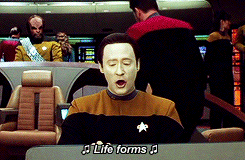

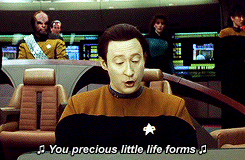

Photo

unique-wallflower: Why isn't THIS breaking [headline]...

Why isn't THIS
breaking[headline] news?!👏👏👏👏👏👏👏👏👏
todaysdocument: Normandy Invasion, 1944From the Moving Images...
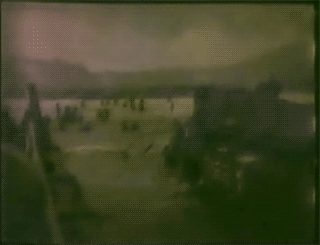
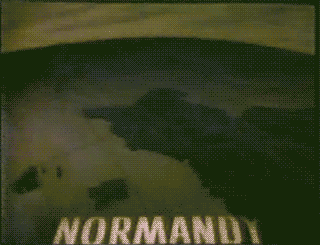
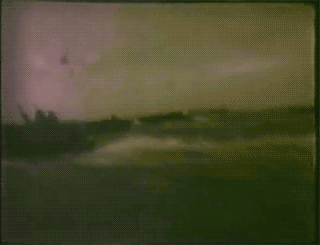
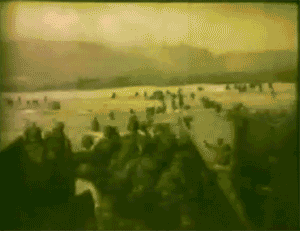
Normandy Invasion, 1944
From the Moving Images Relating to Coast Guard Activities series.See our past D-Day posts, including Eisenhower's Order of the Day, and his hastily drafted "in case of failure" note, and a detailed sketch of a typical Platoon Leader in full battle dress.
Photo

Shallow Gravy - Jacket {x}

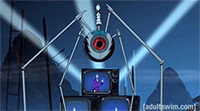




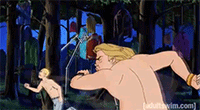
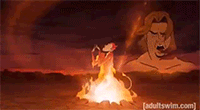
Shallow Gravy - Jacket {x}
captioningcrusader: The basic plot of every Star Trek episode...
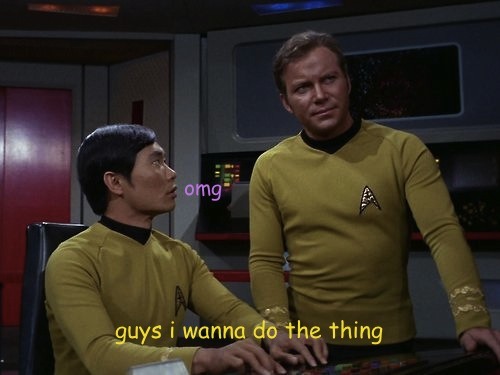
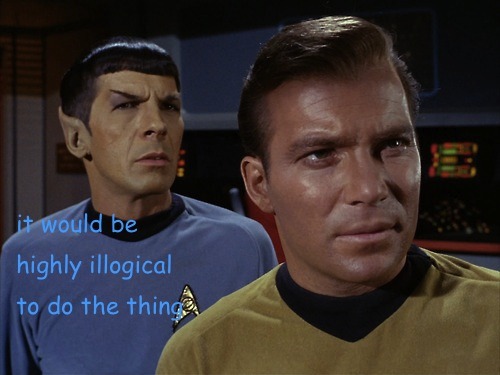
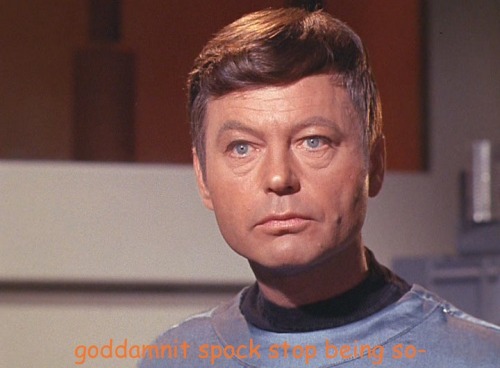
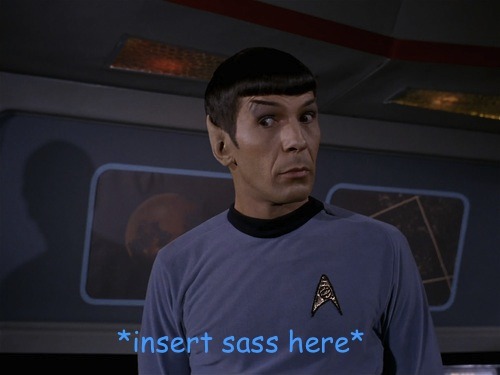
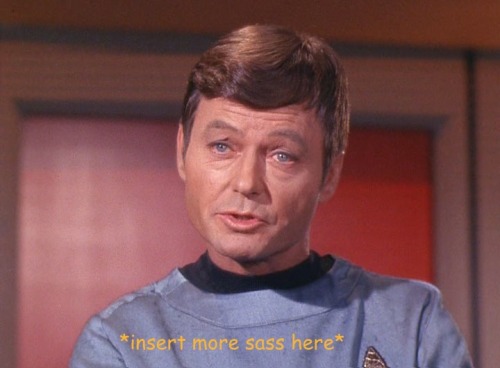
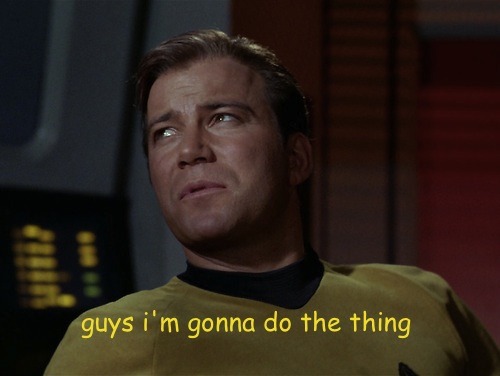
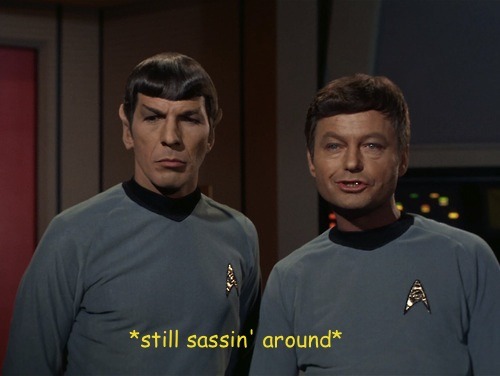
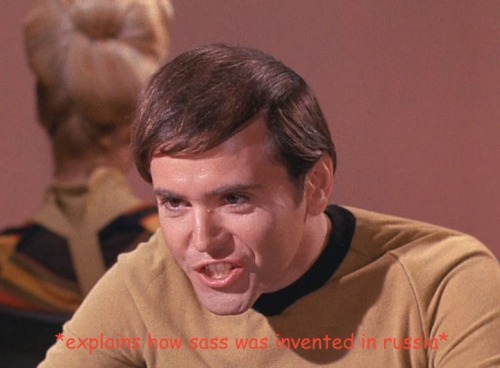

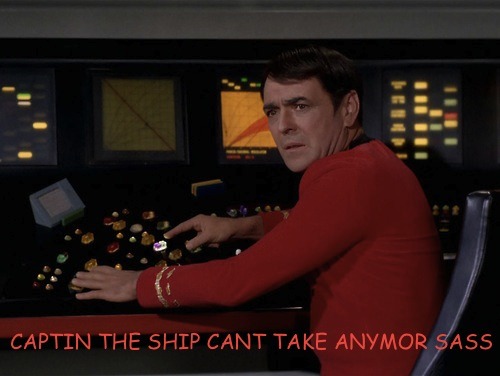
The basic plot of every Star Trek episode ever.
Based off this post (x)
gamefreaksnz: Castlevania: Lords of Shadow 2 E3 trailer...

Castlevania: Lords of Shadow 2 E3 trailer
Dracula and Satan duke it out in Konami's E3 trailer for Castlevania: Lords of Shadow 2.
Photo

sciencesoup: Celestial Pinball It's not very powerful or...
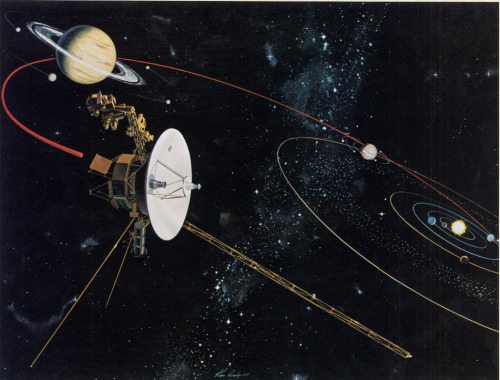
Celestial Pinball
It's not very powerful or economical to propel solar-system-traversing spacecrafts by jet propulsion alone—they need help, and it just so happens that there are a few giant celestial bodies willing to lend a hand. In 1961 scientists proposed a technique that allowed the gravity of planets to give spacecraft a boost as they flew by, accelerating them and/or changing their direction. Basically, the technique relies on the relative movement and gravity of the planet to 'fling' the spacecraft on: the spacecraft first accelerates because it falls towards the planet due to gravity, then speeds past it—and as the planet moves in orbit around the sun, away from the craft, the spacecraft gets a kick and shoots off with added speed and often a new direction. It's like celestial baseball: a ball is pitched and a bat is swung with as much force the batter can muster, and wham—the ball is knocked in a new direction with more speed. A planet and a spacecraft only interact with each other gravitationally, but the result is the same—an object that has lots of momentum transfers a little bit to another object. This means that the planet actually loses a bit of momentum, and therefore speed, due to the law of conservation of momentum. But planets are so comparatively huge that it nearly doesn't matter. Both Voyager missions picked up over 64,000 km/h from Jupiter, and over the next five billion years, Jupiter will only decelerate just enough so that the planet's orbit will fall a single millimetre short of where it would have been if the Voyagers had never passed by. This 'gravitational slingshot' saves time and fuel, and costs nothing but precise planning and a little bit of ingenuity. The main drawback to is that the planets have to be lined up just right, so missions have to fly within a certain time window. The Voyager 2 mission, for example, took advantage of a rare line up: it pinballed past Jupiter, Saturn, Uranus, and Neptune, and finally was flung it out towards the stars.
antipahtico: Michael Keaton ~ Beetle Juice (1988)
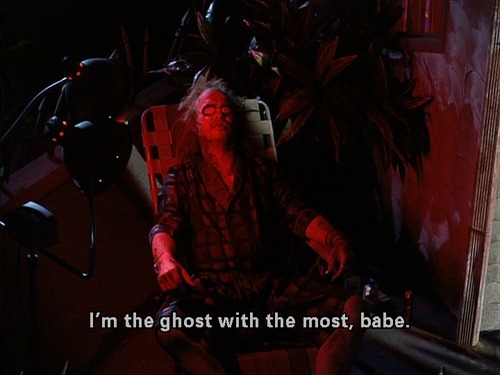
Michael Keaton ~ Beetle Juice (1988)
Photo
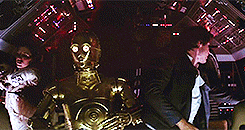
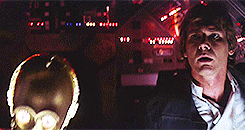
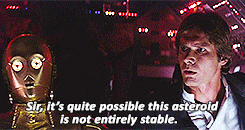
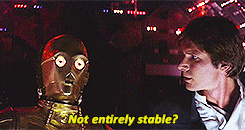
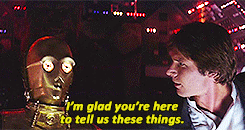
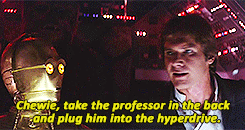
Photo

beautyandterrordance: Happy Birthday to Robert Englund, born...






Happy Birthday to Robert Englund, born June 6, 1947, via greggorysshocktheater.
gamefreaksnz: Hideo Kojima names Kiefer Sutherland as the voice...
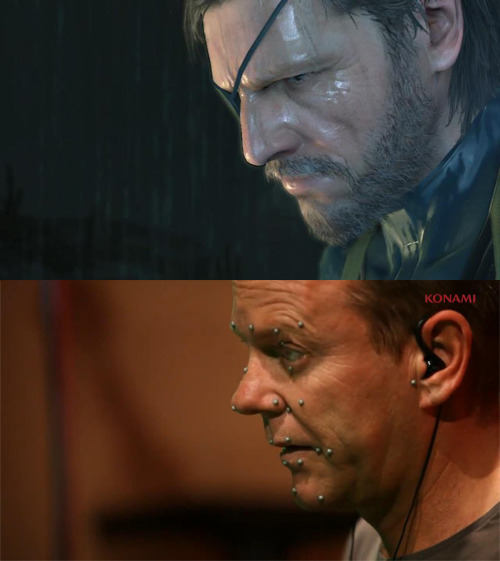
Hideo Kojima names Kiefer Sutherland as the voice of Snake in Metal Gear Solid V
Keifer Sutherland will provide the voice and motion acting for Snake, the main character in Metal Gear Solid V: The Phantom Pain.
Photo
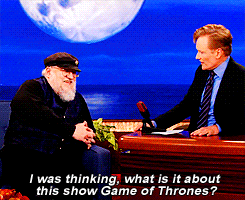

















No comments:
Post a Comment